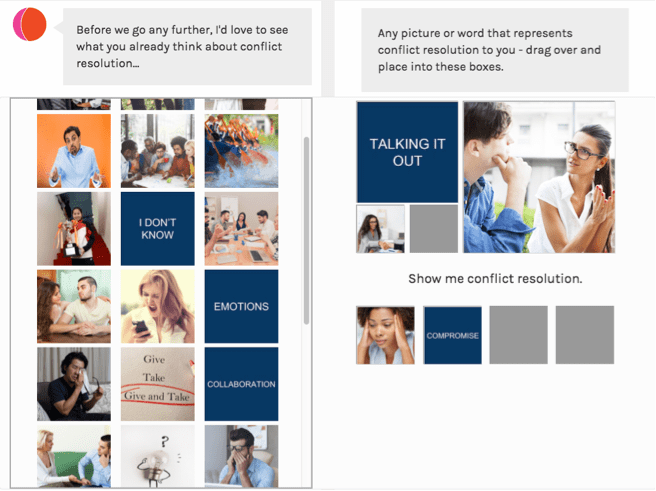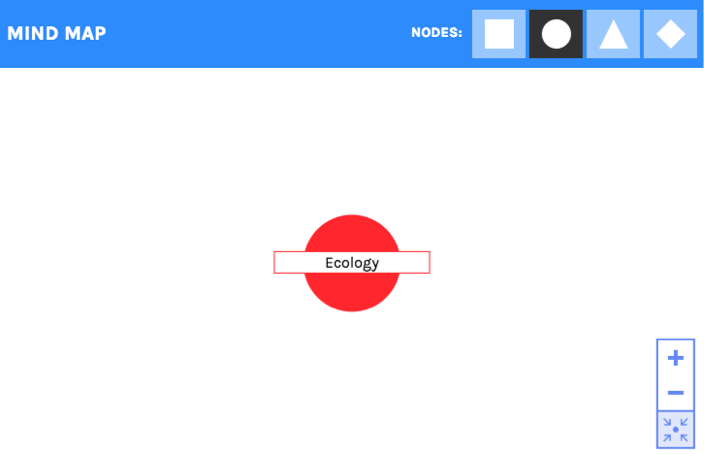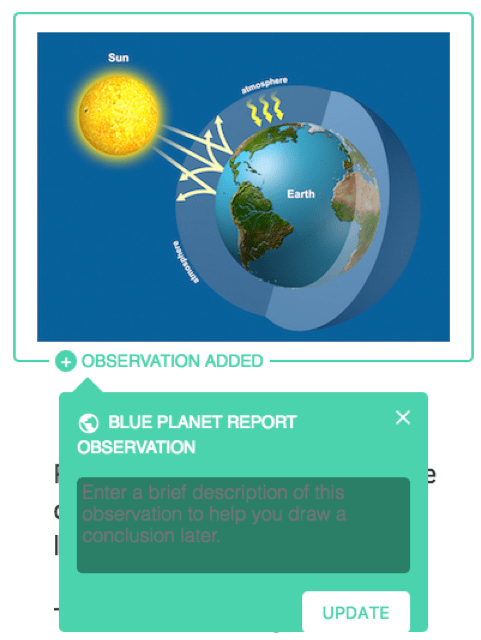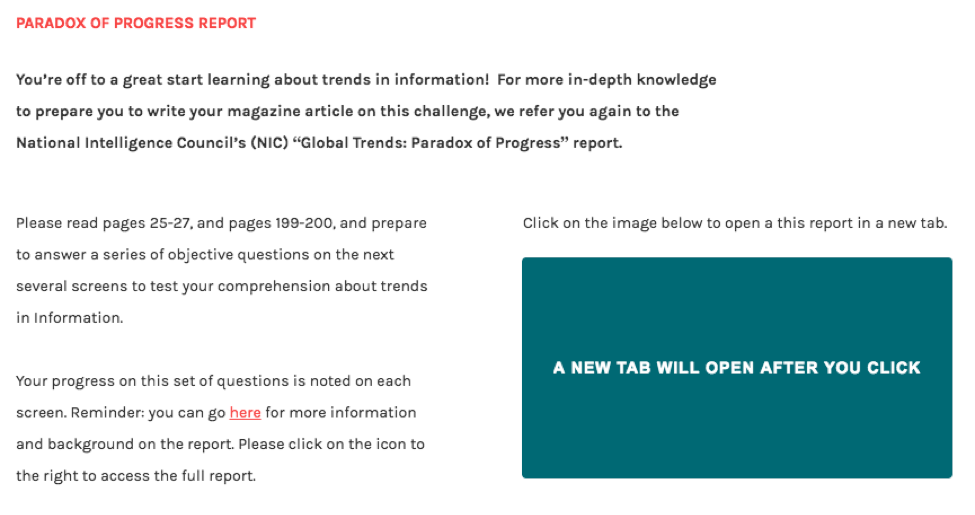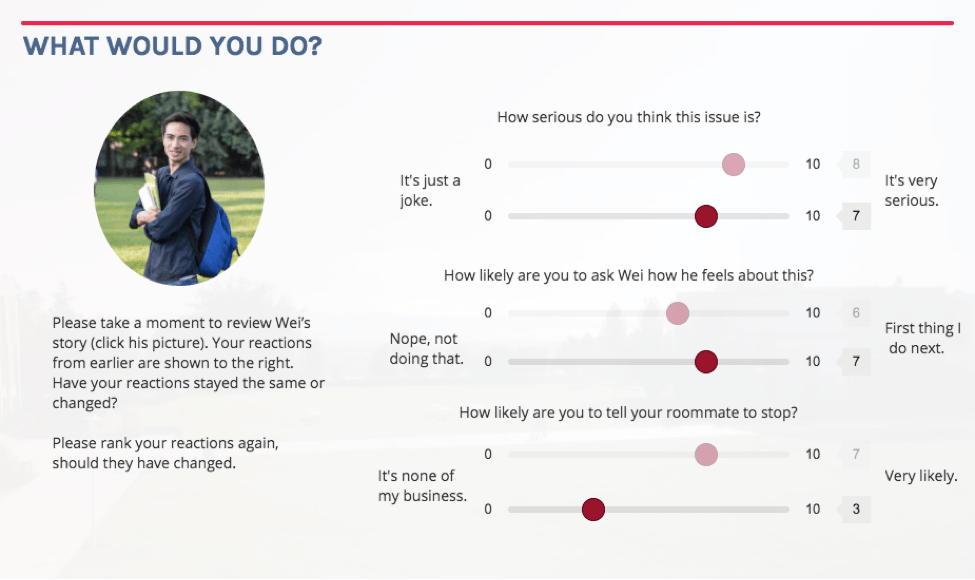When was the last time your students were able to explore a topic freely and construct their own meaning of the material?
The internet is infamous for being a place full of fun distractions, accessible material, and interesting things to explore. Yet, most online learning experiences are linear and contained. What if we used the vastness of the internet to enrich online learning experiences?
One way to do so is to employ a constructivist approach. Constructivism is a learning theory that emphasizes student agency through self-guided exploration, reflection, and evaluation. A constructivist approach recognizes that there is often more than one correct answer and that many points of view are valid. Knowledge is constructed by the learner as they reconcile new information with past experiences, analyze various source materials, and work collaboratively with others.
Constructivism is a learning theory that emphasizes student agency through self-guided exploration, reflection, and evaluation.
Benefits to constructivist design:
- It’s active.
- It promotes student agency.
- It develops advanced skills such as critical thinking, analysis, evaluation, and creation.
- It promotes diverse viewpoints.
- It encourages students to reflect, evaluate their work, and identify intermediary skills to acquire based on their needs.
- It reflects our modern world’s vast access to content.
There are many ways to incorporate these benefits into your Smart Sparrow lessons. The following suggestions would, by no means, result in a fully constructivist lesson, but they could make an activity more constructivist in nature:
5 Ways to Employ Constructivist Activities
1. Ask students to construct their own definition
Provide materials they can use to build their definition, such as words and images that illustrate feelings, reactions, and concepts.
Example: Using an idea cloud to create a definition
2. Ask students to draw their own connections between concepts
To help students build expansive mental models, prompt students with questions to help them think outside of the box. Define in advance how much detail they should provide.
Example: Use a Concept Map to show how main lesson concepts are connected
3. Ask students to analyze a complex issue by constructing a report
Provide multiple sources, statistics, and graphics from which students can select in order to build a complete report.
Example: The Blue Planet Report in BioBeyond asks students to assess the veracity and intensity of climate change using evidence collected from various sources.
4. Allow students to search the internet for source materials
This freedom can help students develop research skills that will be important to their success after even they complete your course.
Example: Use the hyperlink widget to display a link in an aesthetic way. When the student selects the button, a new tab will open with the link.
5. Encourage students to reflect on their progress and identify the skills they need to develop in order to improve
Metacognition is an important skill in the classroom and in the workforce. And when we provide students with time and space to be aware of their own knowledge and their own thinking, student ownership increases.
Example: Ask the student to reflect on how their opinion has changed after learning more about a certain topic.
Constructivist Pedagogical Practices
In addition, there are many constructivist pedagogical practices that you can use to frame your lessons. Here are a few:
- Situated Learning: Learning takes place in the same situation in which it is applied in an effort to fight the inert knowledge problem.
- Anchored Instruction: An “anchor,” such as a narrative or case study, links content and an authentic context for open exploration within a complex problem.
- Cognitive Apprenticeship: An expert models a behavior and explicitly discusses their (metacognitive) strategies for problem-solving.
- Active Learning: Students are actively or experientially involved in learning.
Adding constructivist activities to your lesson will be a great way to make more active experiences, promotes student agency, and develop advanced skills such as critical thinking, analysis, evaluation, and creation.
If you’re interested in more information about pedagogical practices, please visit our Pedagogical Practices Library for a selection.

